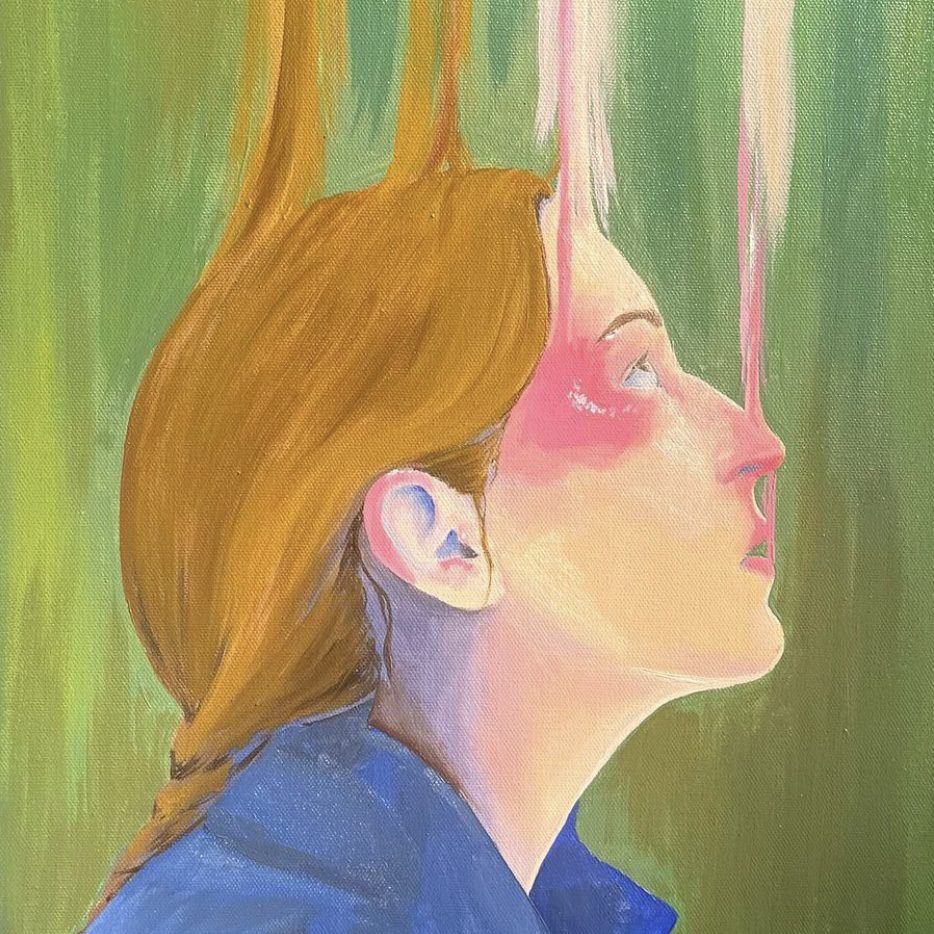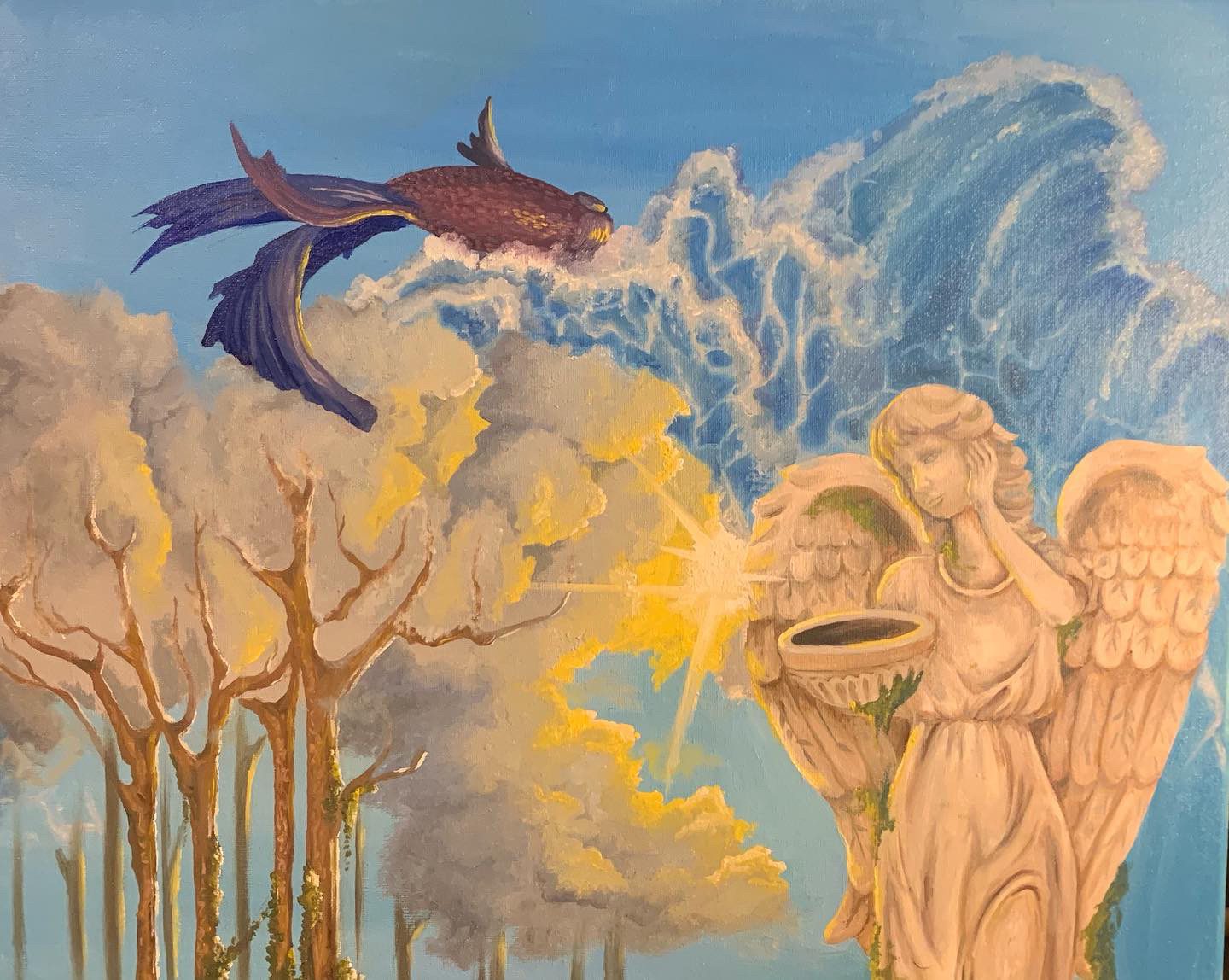Oil paint has been in use for centuries and is one of the most popular forms of paint for fine art. It is commonly used for painting on canvas, wood, or metal surfaces. In this case, canvas is my surface of choice.
Here are seven tips you need to know that will help you in your oil painting process.
1.) Always start with a wash.
Making a wash in oil painting is when you thin out your paint severely on your blank canvas. You cover the whole canvas in the light wash so that you can have more of a background to build your color onto. This makes it easier to determine value and undertones for the rest of the painting process.
2.) Mark out your values with an underpainting.
Underpaintings can be commonly used for basic oil paintings as the imprimatura technique. This is when you use a singular shade, typically one to contrast the main highlighting colors you will use on your painting. You apply it to the most shaded areas on the canvas.
3.) If you are glazing, start with the Grisaille technique.
Glazing can be a very fun process when oil painting. Oftentimes, it is even easier for creating a cohesive piece. This is typically done with grisaille underpainting, which would leave out the colored underpainting wash process.

4.) Make sure you know the differences in medium finishes!
When I paint with oil paint, I tend to switch between galkyd and distilled turpentine. The difference between these two is the finish in your dried end result.
Distilled turpentine tends to leave a more matte look when its dried. That is why it is typically used as a wash or a base. Galkyd leaves a much more glossy finish, passing satin.
When painting on canvas, these differences can become even more obvious.
5.) Use oil paint specific brushes only!
If you are using distilled turpentine ever to clean your brushes or thin your paint, you need to have oil specific brushes. If not, the plastics can melt in the concoction and become severely damaged.
6.) Take care of your brushes
Brush oil is an essential product in taking care of your art supplies. If you dont use brush oil after cleaning your brushes, your brushes can dry out improperly. I have had very nice brushes kink or seperate as a result of not using it.
7.) Understand the products you are using
When I first started oil painting, I had no one to ask for advice. One of the first mistakes that I made was pouring distilled turpentine into a plastic solo cup. It melted through the cup and messed up a table!
This is just an example, but the point I am trying to make is to do a little research. Watch some videos on the internet about the products you are using, or tune in to more of my blogs where I write everything you need to know about the products you are using!

